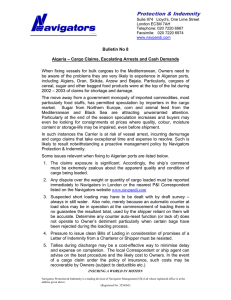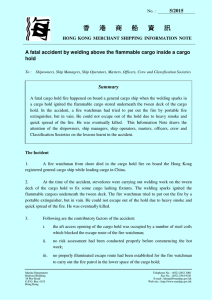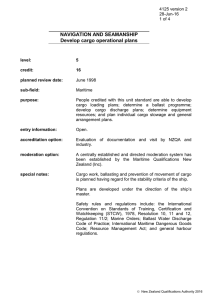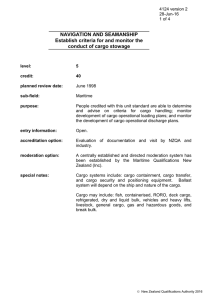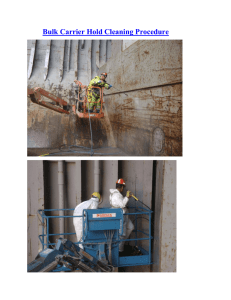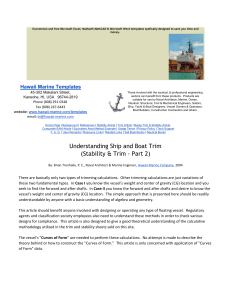Transportation: Canada’s Circulatory system- Fact sheet Chapter 30
advertisement
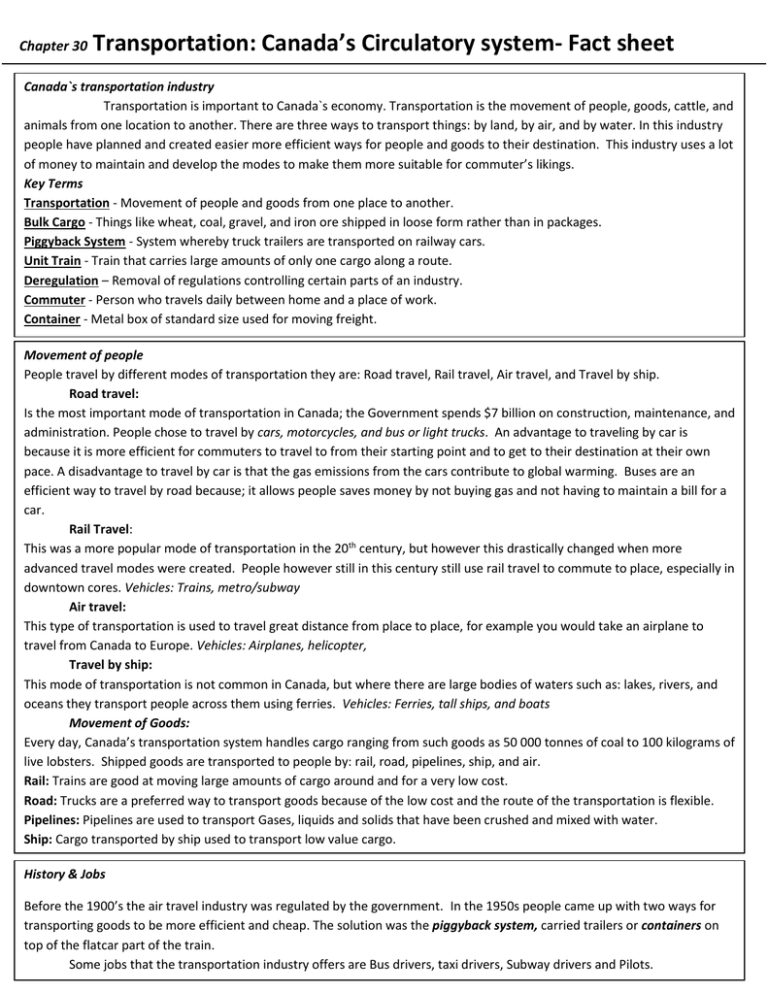
Chapter 30 Transportation: Canada’s Circulatory system- Fact sheet Canada`s transportation industry Transportation is important to Canada`s economy. Transportation is the movement of people, goods, cattle, and animals from one location to another. There are three ways to transport things: by land, by air, and by water. In this industry people have planned and created easier more efficient ways for people and goods to their destination. This industry uses a lot of money to maintain and develop the modes to make them more suitable for commuter’s likings. Key Terms Transportation - Movement of people and goods from one place to another. Bulk Cargo - Things like wheat, coal, gravel, and iron ore shipped in loose form rather than in packages. Piggyback System - System whereby truck trailers are transported on railway cars. Unit Train - Train that carries large amounts of only one cargo along a route. Deregulation – Removal of regulations controlling certain parts of an industry. Commuter - Person who travels daily between home and a place of work. Container - Metal box of standard size used for moving freight. Movement of people People travel by different modes of transportation they are: Road travel, Rail travel, Air travel, and Travel by ship. Road travel: Is the most important mode of transportation in Canada; the Government spends $7 billion on construction, maintenance, and administration. People chose to travel by cars, motorcycles, and bus or light trucks. An advantage to traveling by car is because it is more efficient for commuters to travel to from their starting point and to get to their destination at their own pace. A disadvantage to travel by car is that the gas emissions from the cars contribute to global warming. Buses are an efficient way to travel by road because; it allows people saves money by not buying gas and not having to maintain a bill for a car. Rail Travel: This was a more popular mode of transportation in the 20th century, but however this drastically changed when more advanced travel modes were created. People however still in this century still use rail travel to commute to place, especially in downtown cores. Vehicles: Trains, metro/subway Air travel: This type of transportation is used to travel great distance from place to place, for example you would take an airplane to travel from Canada to Europe. Vehicles: Airplanes, helicopter, Travel by ship: This mode of transportation is not common in Canada, but where there are large bodies of waters such as: lakes, rivers, and oceans they transport people across them using ferries. Vehicles: Ferries, tall ships, and boats Movement of Goods: Every day, Canada’s transportation system handles cargo ranging from such goods as 50 000 tonnes of coal to 100 kilograms of live lobsters. Shipped goods are transported to people by: rail, road, pipelines, ship, and air. Rail: Trains are good at moving large amounts of cargo around and for a very low cost. Road: Trucks are a preferred way to transport goods because of the low cost and the route of the transportation is flexible. Pipelines: Pipelines are used to transport Gases, liquids and solids that have been crushed and mixed with water. Ship: Cargo transported by ship used to transport low value cargo. Air: Cargo that is transported by air gets to their destination very quick, usually transport expensive value cargo. History & Jobs Before the 1900’s the air travel industry was regulated by the government. In the 1950s people came up with two ways for transporting goods to be more efficient and cheap. The solution was the piggyback system, carried trailers or containers on top of the flatcar part of the train. Some jobs that the transportation industry offers are Bus drivers, taxi drivers, Subway drivers and Pilots.




